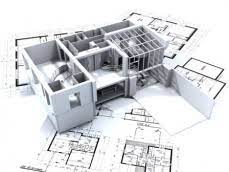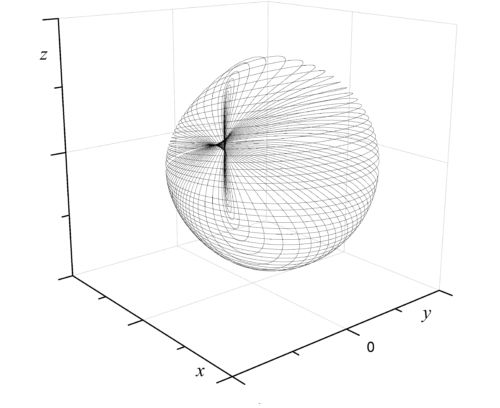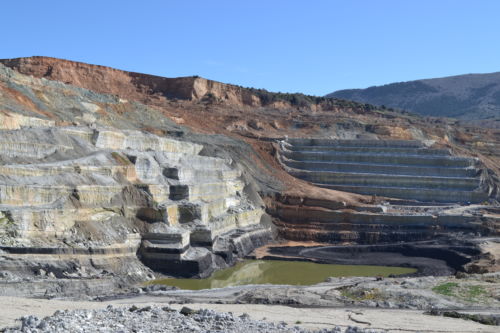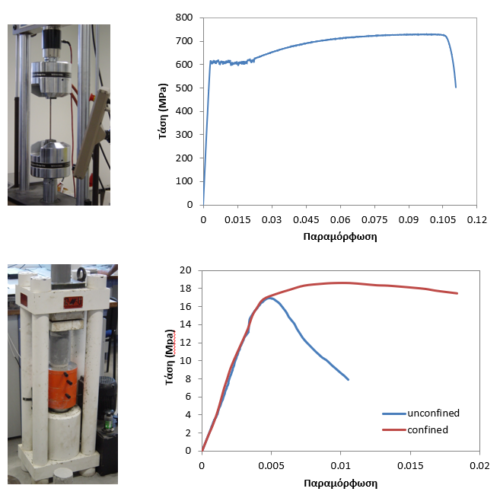| 1. Introduction
Introduction to Building Technology, structural and functional requirements of buildings. Types of buildings and uses. Design procedure for buildings (brief presentation of codes). Construction methods for residential buildings (traditional, contemporary, industrialized). Construction processes. Brief presentation of basic construction materials. 2. Positioning of a building on a site – Layout. Topography, ground, vegetation, solar radiation, passive design, shading, natural light sources, water drainage, wind, noise, view, legislative issues, access, inclinations, retention walls, technical specifications, building diagram and basic terminology. 3. Site works – Earthworks (excavations, foundations): Survey plan, contour lines, site plans, building construction machinery, construction site setup. General excavation, special-type excavations. Excavations plan. Types of foundations, foundation elements. 4. Building envelope – Construction systems: Masonry constructions. Types, properties, materials, hygrothermal insulation, sound insulation of walls. Façades and claddings. Frames for windows, doors and apertures, definitions, categories, types, selection criteria, function, sun protection, safety features. Basement walls. Construction details. 5. Rooftop and base slabs, roofs: Rooftop slabs. Cold and warm roof. Pitched roofs. Roof slopes for water drainage. Base slabs (slabs on grade/ground and basement slabs). 6. Forms of vertical access routes: Types and design of stairs. Ramps. Elevators. 7. Internal partitions, linings, coatings, finishes: Drywall construction. Drywall finishing. Typical drywall details. 8. Installations and services: Mechanical, Electrical, Plumbing 9. Protection of structures: Waterproofing and thermal insulation (per type of building element), vapour condensation (in relation to thermal insulation), soundproofing, fire safety. |
BUILDING TECHNOLOGY
| SEMESTER | 2nd |
|---|---|
| COURSE OUTLINE | |
| Instructor | TSOKA STELLA |
| LANGUAGE OF INSTRUCTION and EXAMINATIONS | Greek |
| Credits ECTS | 6 |
| Erasmus | No |
| Code | CIV_3710Α |
| The course comprises an introduction to terms and concepts of Building Technology, in order for the student to gain a global understanding of the subject, so that it is possible for him/her to receive and consolidate more in-depth knowledge in most of these concepts during his/her studies. Specifically, the course provides basic knowledge about: the structural and functional requirements of buildings, the types of buildings and uses thereof, the design procedure, the construction methods and related processes of buildings and the basic building materials. Sub-themes of the course material include: the positioning of the building on the site, the construction systems, the required plot preparations (including excavations and foundations), the load-bearing system and the building shell, the rooftop and base slabs, the roofs, the vertical access routes, the internal partitions, the installations and the protection of structures.
At the end of this course the student will have developed the ability to: 1. Distinguish the most basic types of buildings and uses thereof. 2. Understand the steps required during the design and construction process of a building. 3. Understand the basic criteria and the most important constraints that determine the options of positioning a building on the site. 4. Distinguish and comprehend the construction requirements and the time sequence of the most basic plot preparations. 5. Select construction systems and methods per case of building project and to select the load-bearing system and the most suitable building materials per case of building project. 6. Select the materials and the configuration of the exterior of a building. 7. Distinguish between different types of rooms, floors and roofs, means of vertical access routes, internal partitions and installations in buildings. 8. Identify the most important protection needs of structures and the basic means of achieving such protection. |





